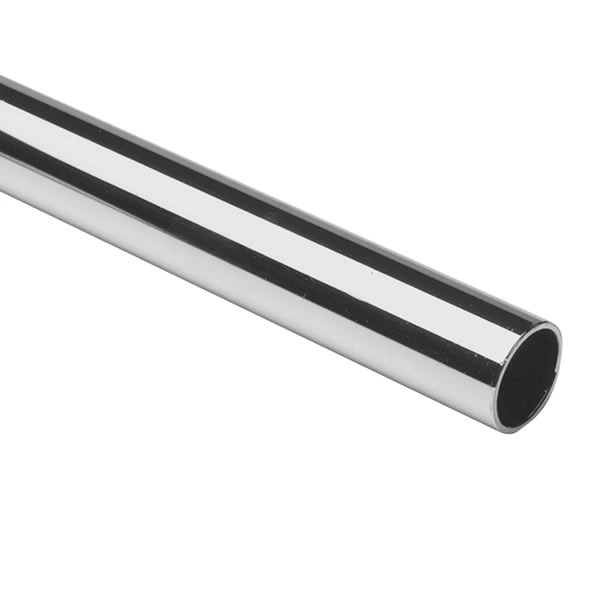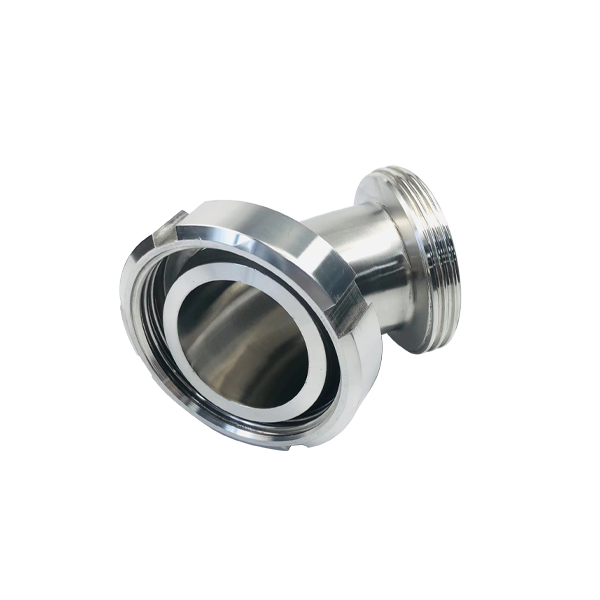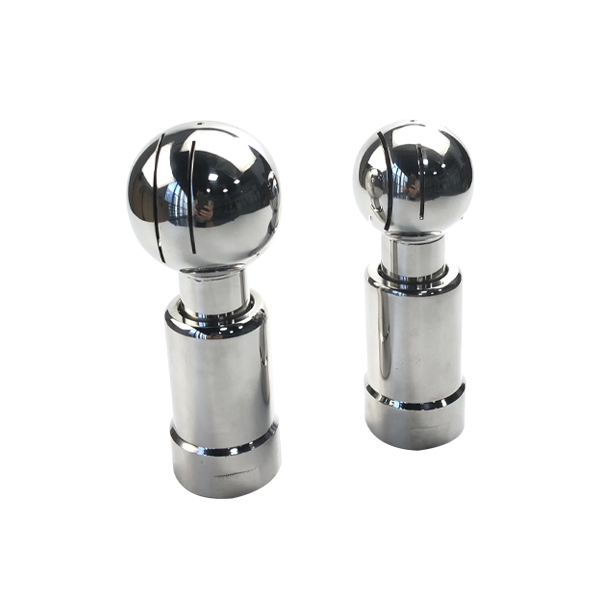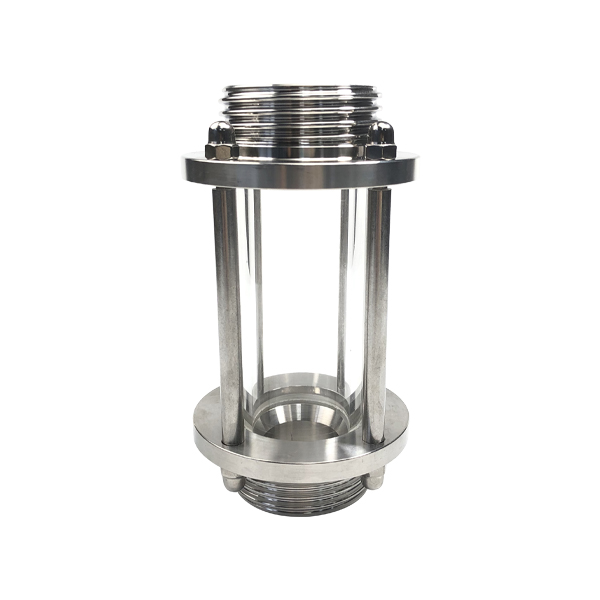DAIRY FERMENTATION TANK
Dairy fermentation tanks are generally used for fermented products. They are a common type of fermentation tank and have functions such as sterilization, cooling, heat preservation, and stirring. The
Dairy fermentation tanks are generally used for fermented products. They are a common type of fermentation tank and have functions such as sterilization, cooling, heat preservation, and stirring. The dairy fermentation tank is equipped with a sterile respirator, a sterile positive pressure fermentation system, and a honeycomb jacket to ensure a sterile, pollution-free, and timely heating or cooling fermentation environment.
1. Composition of dairy fermentation tank
The dairy fermentation tank consists of a stainless steel cylinder, stainless steel upper and lower heads, jacket or coil (heating, cooling cycle), stainless steel agitator (anchor type, paddle type, turbine type, dispersion disk, etc.), transmission device (motor reducer or Pneumatic motor), shaft seal device (mechanical seal, skeleton oil seal, packing), support (platform, legs, seats, mobile casters), insulation medium, insulation outsourcing, etc.
Accessories for dairy fermentation tanks: CIP cleaning devices, liquid level gauges (level gauges), manholes (hand holes), respirators (fire retardant and explosion-proof), sight glass spotlights, temperature sensors, pressure gauges, etc. can be installed according to customer needs. Vacuum gauge, downward expansion discharge valve, ball valve, liquid inlet, liquid outlet, sewage outlet, etc. Electric control equipment involved in dairy fermentation tank motor reducer start and stop or frequency conversion speed regulation, temperature digital display controllable device and accessories. The dairy fermentation tank can be equipped with LCD touch screen and PLC controller.
2. Principles of dairy fermentation tank products
The main components of the self-priming dairy fermentation tank are the self-priming agitator and the guide wheel. The air pipe is connected to the rotor. Before starting the rotor, first submerge the rotor with liquid, and then start the motor to rotate the rotor. Since the rotor rotates at high speed, the liquid Or the air is thrown toward the outer edge of the impeller under the action of centrifugal force. In this process, the fluid gains energy. If the rotor rotates faster and the linear speed of rotation is greater, the kinetic energy of the fluid (which also contains gas) The greater the pressure, the greater the kinetic energy converted into static pressure energy when the fluid leaves the rotor, and the greater the negative pressure caused in the center of the rotor. Therefore, air is continuously sucked in, thrown toward the outer edge of the impeller, and passed through the stator. The gas and liquid are evenly distributed and thrown out. Due to the stirring effect of the rotor, the gas and liquid form a strong mixed flow (turbulence) on the outer edge of the impeller, causing the air that has just left the impeller to immediately split into fine bubbles in the continuously circulating fermentation liquid, and mix and tumble in the turbulent state. , spreads throughout the tank, so the rotor has both stirring and aeration functions.
The design of the dairy fermentation tank is basically the same as the dairy fermentation tank that will be introduced below. The dairy fermentation tank is cylindrical, and the bottom cover and top cover are both dish-shaped or conical. The top of the dairy fermentation tank is equipped with manholes, sight glasses, feed pipes, inoculation pipes, pressure gauges and measuring instrument interface pipes. The bottom of the dairy fermentation tank is equipped with a discharge port, and the upper and lower parts of the tank are equipped with sampling ports and thermometer interfaces. For fermentation tanks, in order to facilitate maintenance and cleaning, manholes are often installed near the bottom of the tank. The specifications of dairy fermentation tanks are also different and need to be designed and manufactured according to the production scale.





